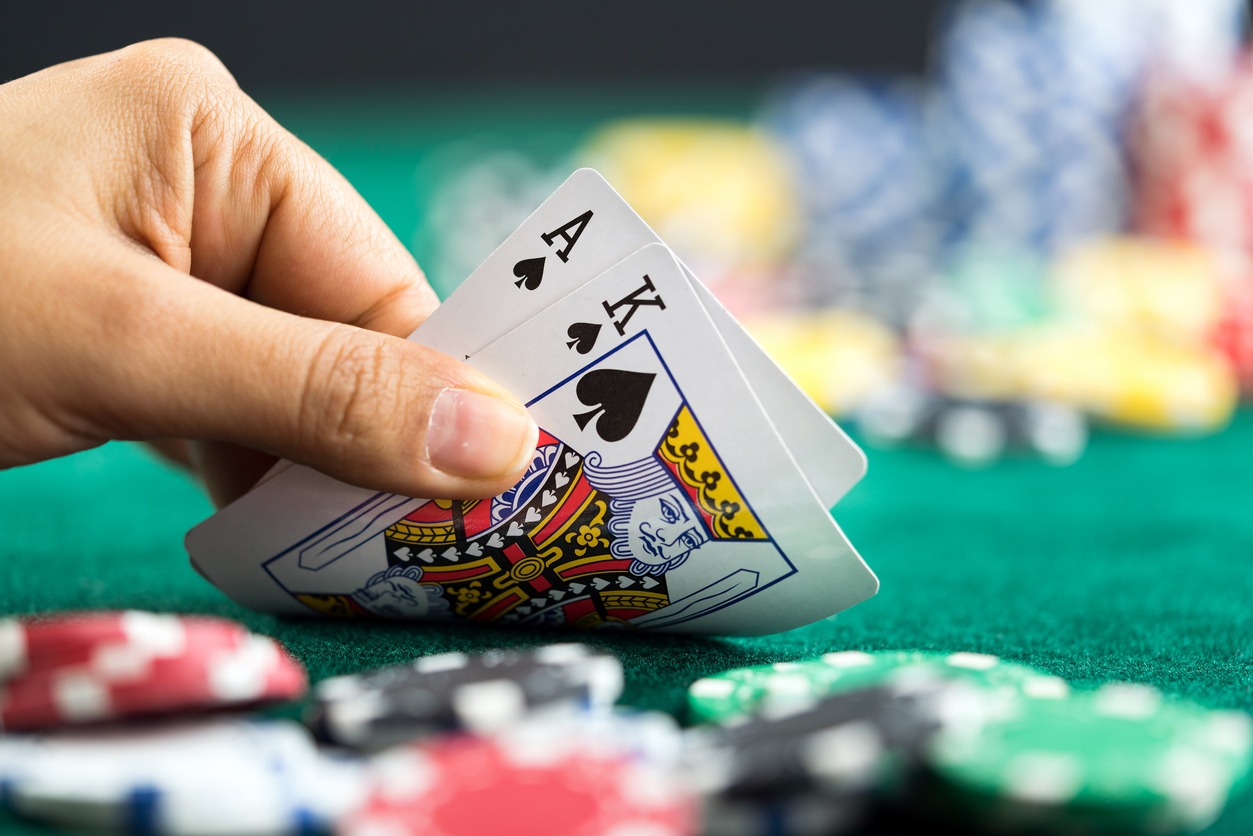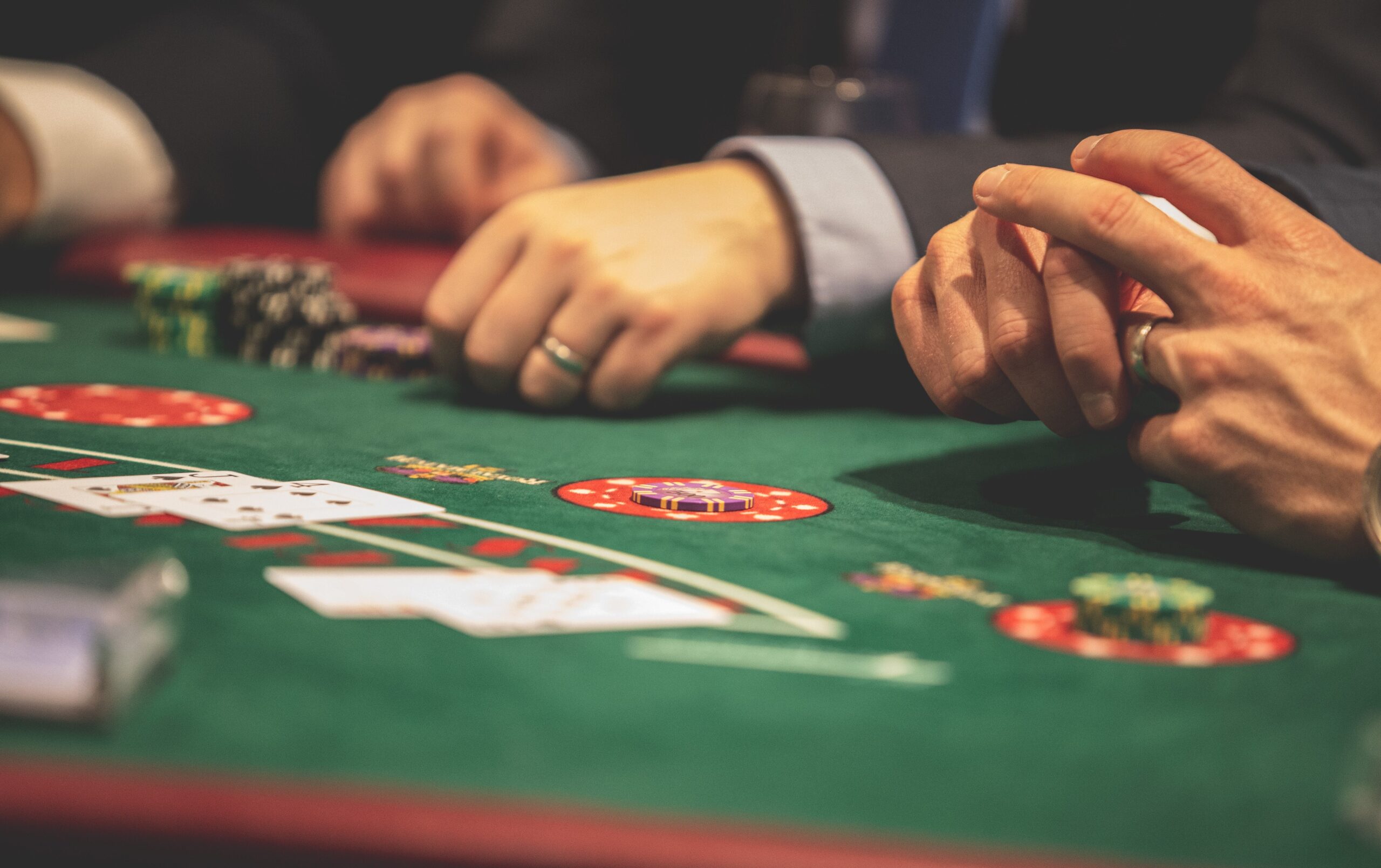Blackjack, also widely known as 21, is more than just a popular casino card game; it’s a rich blend of history, strategy, and psychology. Its allure lies not only in the potential for profit but also in the cerebral challenge it offers. As we delve into the world of Blackjack, we uncover a fascinating journey that stretches back centuries and crosses continents, evolving into the game we know today.
The Historical Tapestry of Blackjack
The roots of Blackjack can be traced back to the 17th century. It is widely believed to have originated from the French game “Vingt-et-Un” (Twenty-One), which itself evolved from earlier card games like the Spanish “Trente-Un” (Thirty-One) and the Italian “Sette e Mezzo” (Seven and a Half). These games, which involved reaching a certain point total using a deck of cards, laid the foundation for what would become modern-day Blackjack.
As the game of Vingt-et-Un traveled, it underwent modifications. It first gained significant popularity in France and then moved to North America with French colonists. In the United States, gambling houses and casinos began to offer bonus payouts to attract players, and one such bonus was a ten-to-one payout if the player’s hand consisted of the Ace of Spades and a black Jack (either the Jack of Spades or Clubs). This hand was called “Blackjack,” and while the bonus payouts eventually faded away, the name stuck.
The Evolution of Modern Blackjack
Over the years, Blackjack continued to evolve. The introduction of the “hole card” in the American version of the game added an extra layer of mystery and strategy. By the 20th century, Blackjack had solidified its status as a casino staple, with its popularity booming post World War II as Las Vegas became a gambling haven.
In the 1960s, the scientific study of the game began in earnest. Mathematician Edward O. Thorp published “Beat the Dealer,” which revolutionized the game by proving that players could systematically overcome the house edge through card counting. This era marked the beginning of Blackjack strategy as we know it today, combining skill, mathematical probability, and strategic play.
Deep Dive into the Game Itself
The science and strategy of Blackjack involves delving into several key areas: the basic rules of the game, the mathematical underpinnings, strategies for optimal play, and the psychological aspects. The primary goal in Blackjack is to beat the dealer. The goal is to have a hand total that is closer to 21 than the dealer’s hand, without going over 21. Played with one or more decks of 52 cards, the simplicity of Blackjack has contributed to its enduring popularity. Here are the basic rules:
- Card Values: Cards 2 through 10 are worth their face value. The Jack, Queen, and King (face cards) are worth 10, and an Ace can be worth 1 or 11.
- The Deal: Players are dealt two cards, usually face up, while the dealer has one card face up and one face down (the hole card).
- Player’s Turn: Players can choose to “Hit” (take another card) or “Stand” (keep their current hand). Other options include “Splitting” and “Doubling Down.”
- Dealer’s Turn: The dealer reveals their hole card and must hit until their cards total 17 or higher.
- Winning: Players win by having a higher total than the dealer without exceeding 21 or by the dealer busting (going over 21).
Mathematical Foundations of Blackjack
Blackjack is a game of probabilities, and understanding these is crucial for strategic play.
- Probability and Odds: The probability of drawing a certain card changes with each card that is played. This is why card counting can be effective.
- House Edge: The rules are designed to give the casino a small advantage. This edge varies based on the specific rules and the player’s skill.
- Card Counting and Odds: Systems like Hi-Lo count can help players keep track of the ratio of high to low cards remaining in the deck, influencing betting and playing strategies.
Strategy for Optimal Play
- Basic Strategy: This involves the optimal way to play each hand, based on the player’s cards and the dealer’s visible card. Basic strategy reduces the house edge to less than 1%.
- Card Counting: By keeping track of the cards that have been played, players can adjust their bets and strategies based on the likelihood of high or low cards coming up.
- Bankroll Management: Effective bankroll management is crucial. This involves determining bet sizes based on the probability of winning and the player’s available funds.
Psychological Aspects and Risk Management
- Emotional Control: Maintaining emotional control is vital in Blackjack. Players must avoid “tilt” — making poor decisions based on emotions.
- Risk Assessment: Understanding and accepting the inherent risks in gambling is important. Setting limits for wins and losses can help manage these risks.
- Dealer and Player Interaction: The psychological interplay between the player and the dealer can also influence decisions. However, this is more relevant in casual play than in professional strategies.
BlackJack in Popular Culture
Here are ten examples of movies and TV shows where Blackjack has been prominently featured, illustrating its draw and presence in popular culture:
Movies
- “Rain Man” (1988): Featuring Tom Cruise and Dustin Hoffman, this film is famous for its scene where the character Raymond, an autistic savant, uses his incredible memory and mathematical skills to count cards in Blackjack.
- “21” (2008): Based on the true story of the MIT Blackjack Team, this movie follows a group of MIT students who become experts in card counting and take Vegas casinos for millions.
- “The Hangover” (2009): In this comedy, one of the characters, Alan, uses a book on Blackjack to count cards in a Las Vegas casino, leading to a humorous but successful gambling spree.
- “License to Kill” (1989): In this James Bond film, Timothy Dalton’s Bond is seen playing Blackjack in one of the casino scenes, showcasing the game’s association with sophistication and high stakes.
- “Swingers” (1996): This film features scenes where the characters venture to Vegas and engage in Blackjack, capturing the allure and excitement of the game.
- “The Last Casino” (2004): A Canadian film that tells the story of a professor who trains three of his students to become experts in card counting at Blackjack.
- “Croupier” (1998): In this film, Clive Owen plays a struggling writer who takes a job as a croupier and becomes involved in the world of casino gambling, including Blackjack.
- “Holy Rollers: The True Story of Card Counting Christians” (2011): Though technically a documentary, this film follows a group of Christian card counters who use their Blackjack skills in casinos.
TV Shows
- “Las Vegas” (2003-2008): This TV series set in a fictional Las Vegas casino often featured Blackjack in its plot, providing viewers with a glimpse into the strategies and inner workings of casino games.
- “Breaking Vegas” (2004-2006): A documentary series that included episodes focusing on Blackjack, particularly on card counting and players who have beaten casinos at their own game.
These movies and TV shows not only entertain but also often explore themes like risk-taking, the allure of quick wealth, and the intellectual challenge of mastering a game like Blackjack.
Conclusion
Blackjack combines skill, strategy, and a bit of luck. While the house always has an edge, players who study and employ solid strategies can significantly increase their chances of winning. Understanding the game’s mathematical basis, mastering basic strategy, and practicing effective bankroll management can transform an average player into a proficient one.



